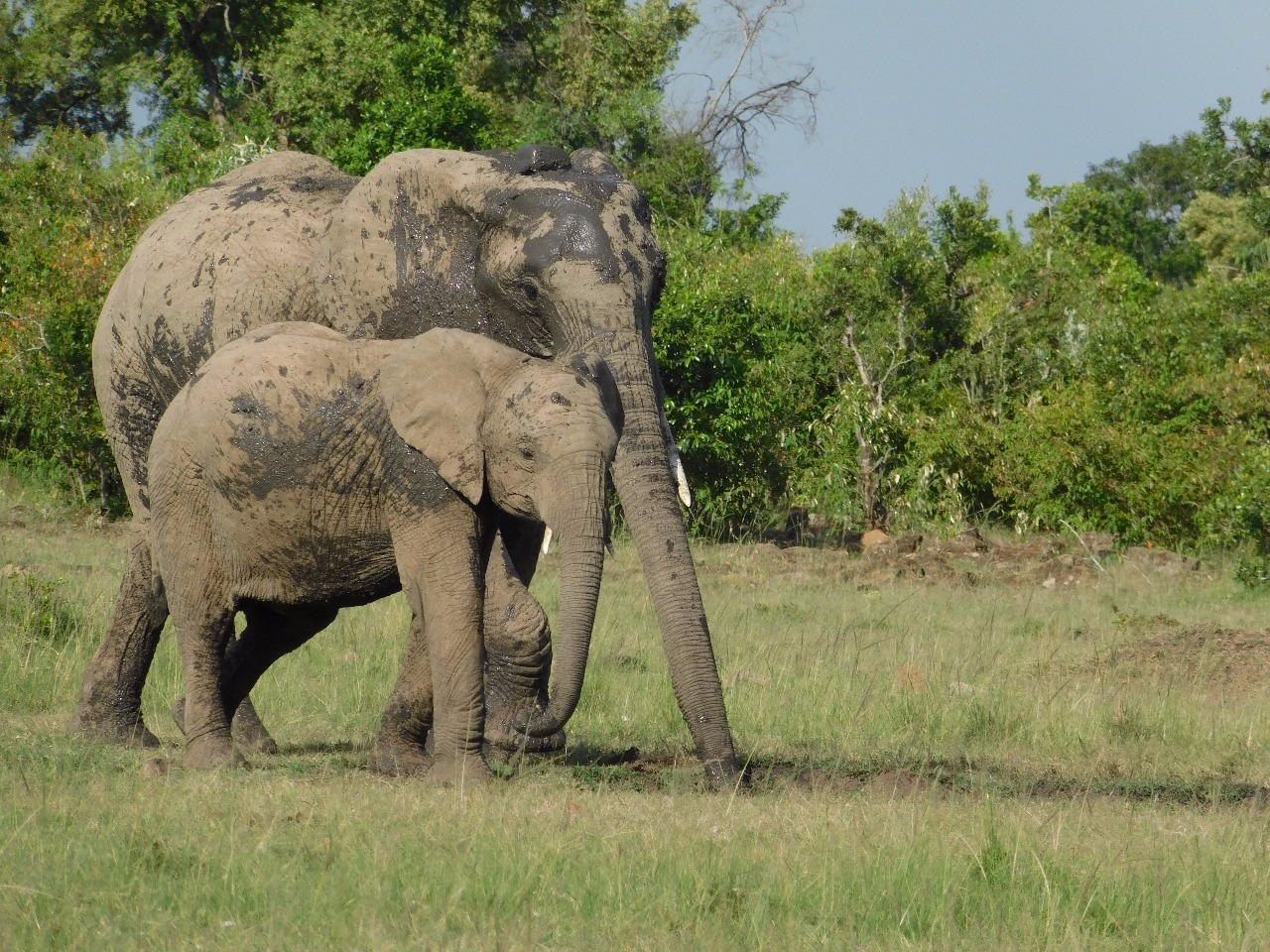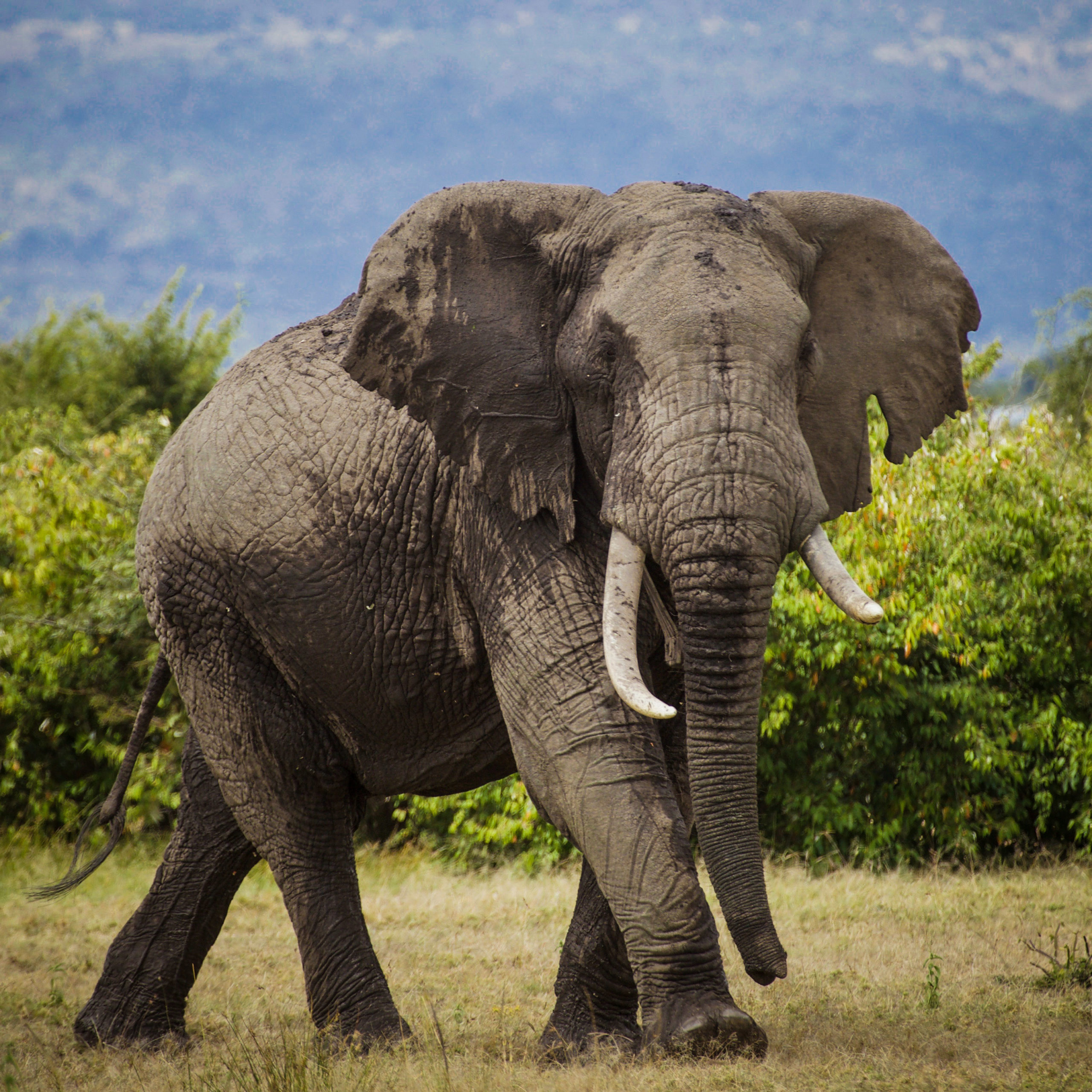In a new paper led by Mara Elephant Project’s Director of Research and Conservation Dr. Jake Wall, new research has found that while elephants can live almost anywhere in Africa, their range is restricted by the growing human footprint and the available protected areas. The study combined tracking data from several organizations, including MEP, and analyzed it in relation to satellite imagery and other spatial covariates, and found that more than 62 percent of Africa remains suitable habitat for elephants. However, elephants are distributed across just 17 percent of that area. Wall et al’s study is the most comprehensive analysis conducted to date of the potential range of African elephants and their conclusion about the cause of the shrinkage is clear: humanity.

The study, ‘Human footprint and protected areas shape elephant range across Africa’, published today in Current Biology says that African elephant range was vast before the arrival of European colonizers in the seventeenth century and spanned most of the continent comprising remarkably diverse habitats. Elephants’ ability to utilize diverse habitats across Africa stems from the fact that they are generalist herbivores, meaning they eat a wide variety of plant species and, because of their large size, can survive on poorer quality forage compared to other species. But despite these traits, their present-day range is limited. The study used a range of hi-tech tools to undertake the most in-depth investigation yet into where elephants roam, and why.
“We looked at every square kilometer of the continent to assess whether it would make suitable elephant habitat of which we believe elephants could occupy 18 million square kilometers – an area bigger than Russia.”
Dr. Jake Wall
To analyze the suitability of habitats over such a huge area at a kilometer-level scale, Wall and his colleagues built a database of 2.9 million recorded GPS locations collected over 15 years from tracking collars worn by 229 elephants across Africa. Kenya Wildlife Service and MEP’s data from collared elephants from 2012 to 2013 contributed to this study. Using Google Earth Engine, a satellite-imagery computing platform, the researchers combined elephant movement data with information about vegetation and other factors in the areas the elephants were traversing to determine which habitats can support them. Environmental conditions factored into the elephants’ range use, but not nearly as much as the presence of humans did. Elephants could inhabit 62 percent of the continent, an area of 18 million square kilometers, but are confined to a small portion of it.

Poaching and other harmful human-elephant interactions limit where they can actually go. They often avoid these human dangers by sticking to protected areas and the new analysis revealed that as more protected area becomes available, elephants respond by reducing the size of their ranges, primarily preferring to stay close to safety. But the study also found that 57 percent of individual elephants’ ranges are currently outside of protected areas, highlighting the limits of the spaces currently reserved for them.
“Elephants are generalist mega-herbivores that can occupy fringe habitats. Although their range may have shrunk because of humans, if we gave them the chance, they could re-inhabit large parts of it.”
Dr. Jake Wall
Dr. Wall and co-authors of this study argue that effective protected areas and an ethic of human-elephant co-existence are essential to the animals’ continued survival. This is the mission of Mara Elephant Project and Dr. Jake Wall as director of research and conservation. Our work is crucial to meeting these challenges and finding solutions. While human activity is the most significant factor impacting elephant range size, MEP looks to work with communities to combat the diminishing space these animals are being forced to occupy.

“There is still a lot of space in Africa for elephants. However, the continuing challenges and ever-growing threats are not slowing down. If the world wants elephants to survive, we have to do more. Mara Elephant Project believes it’s worth fighting for and we all need to participate in the solution.”
Dr. Jake Wall


